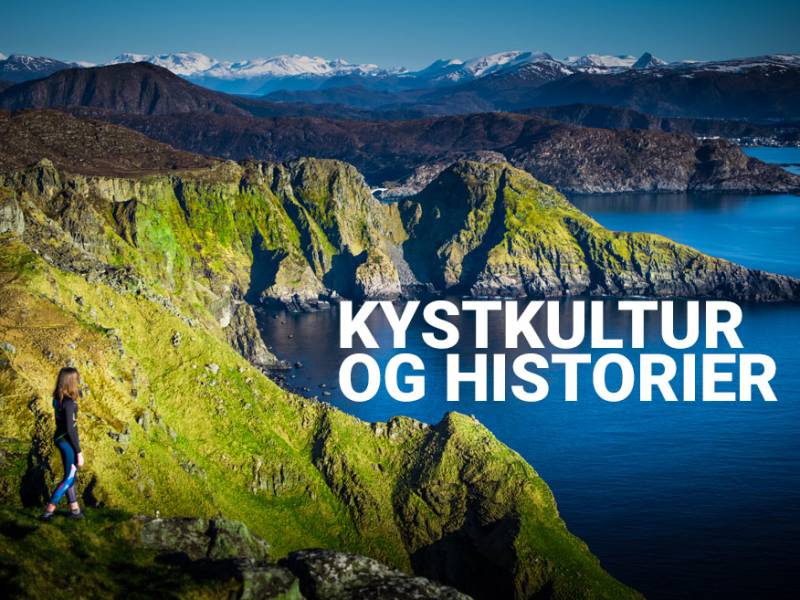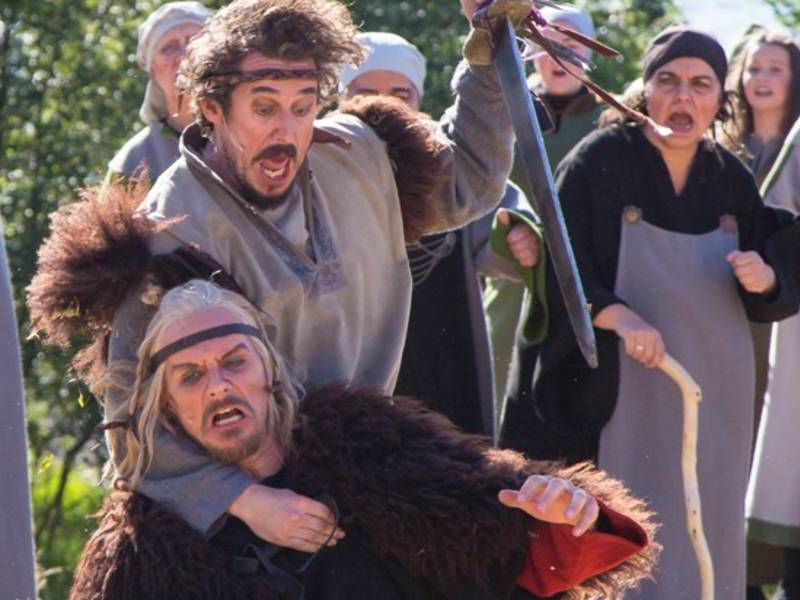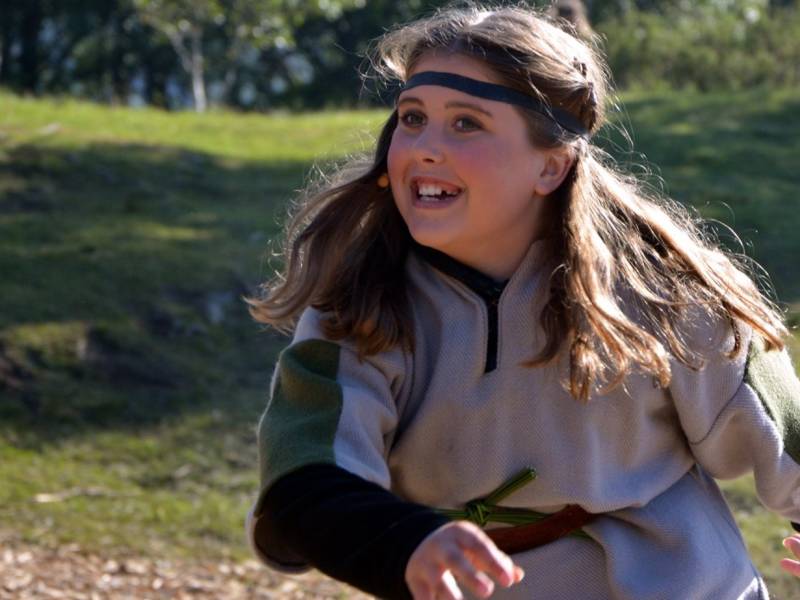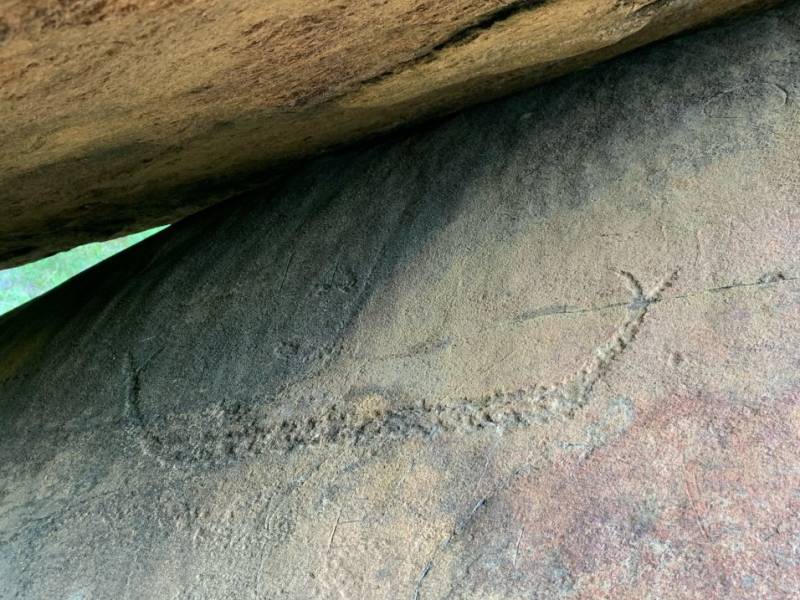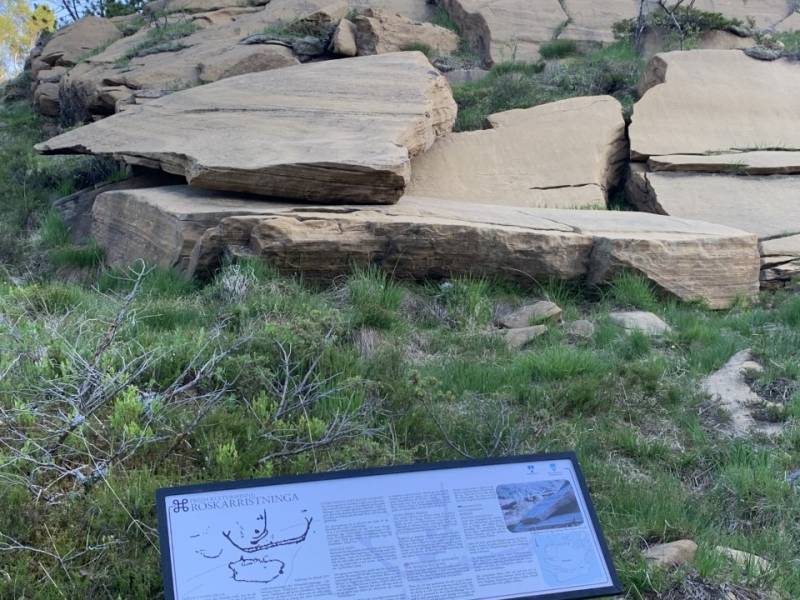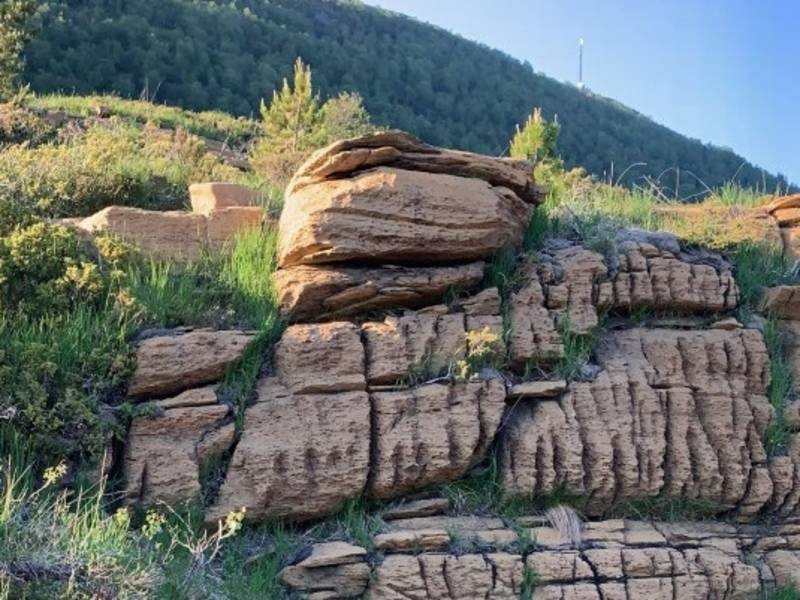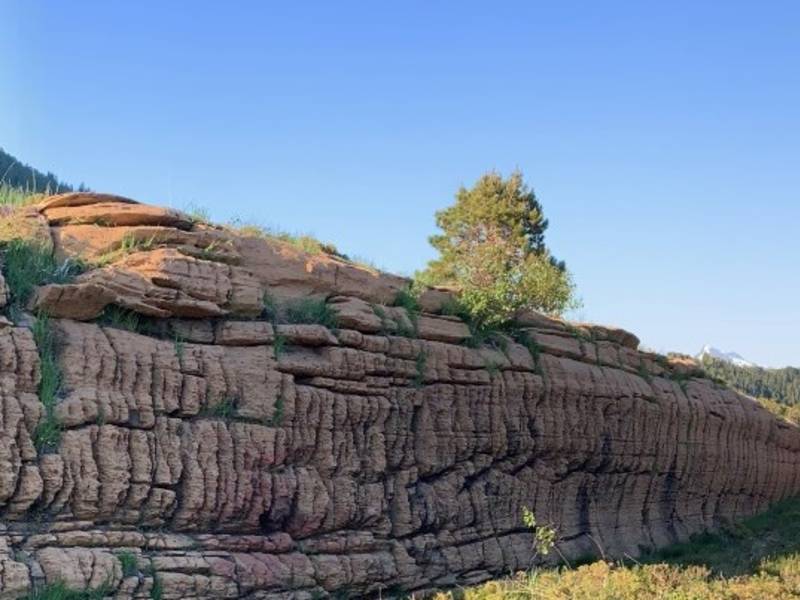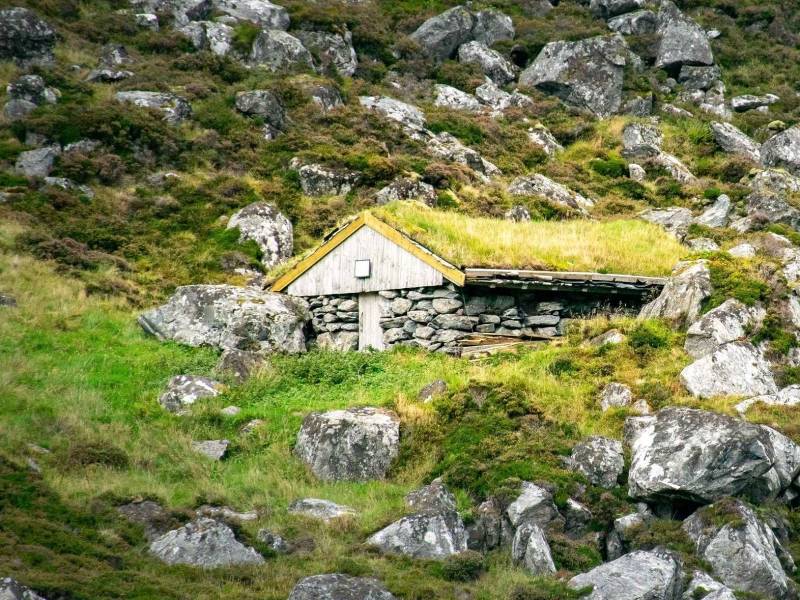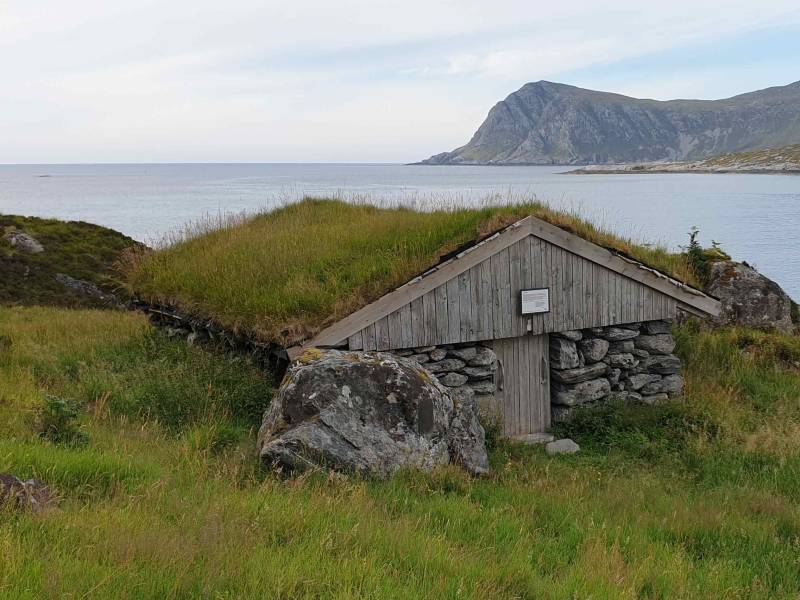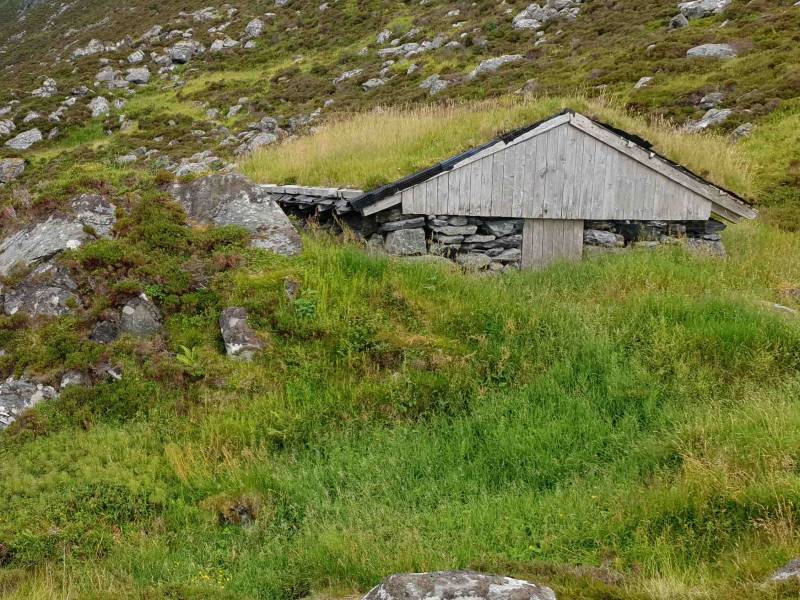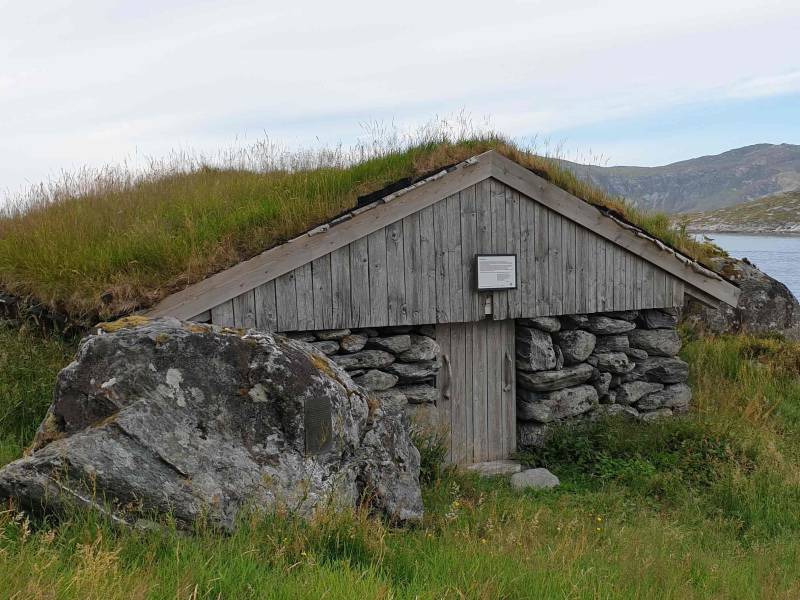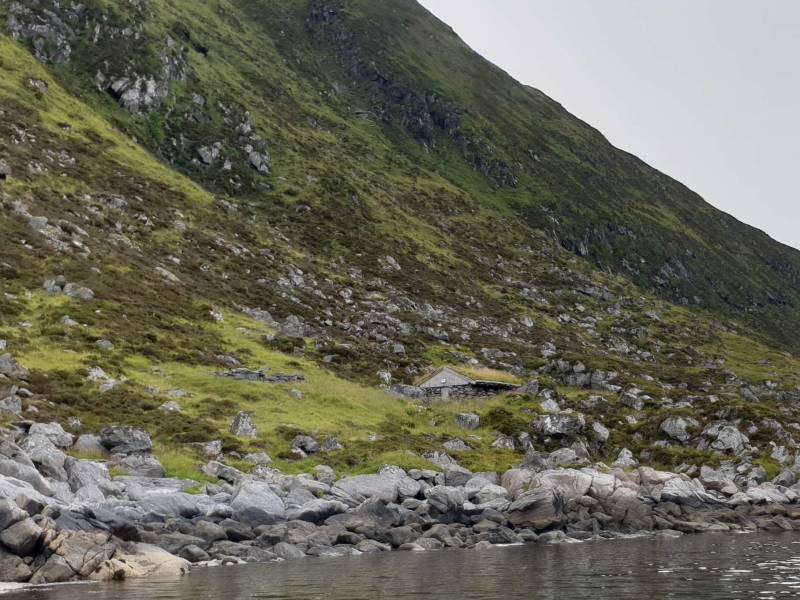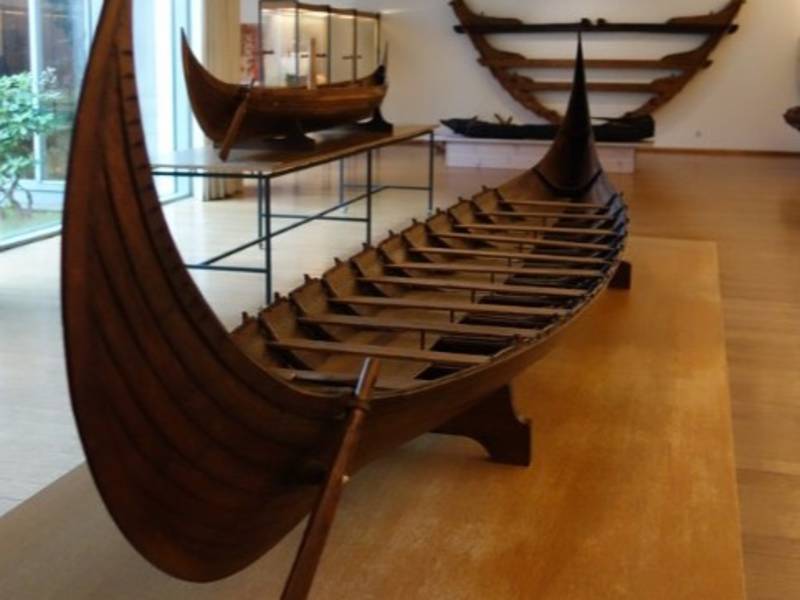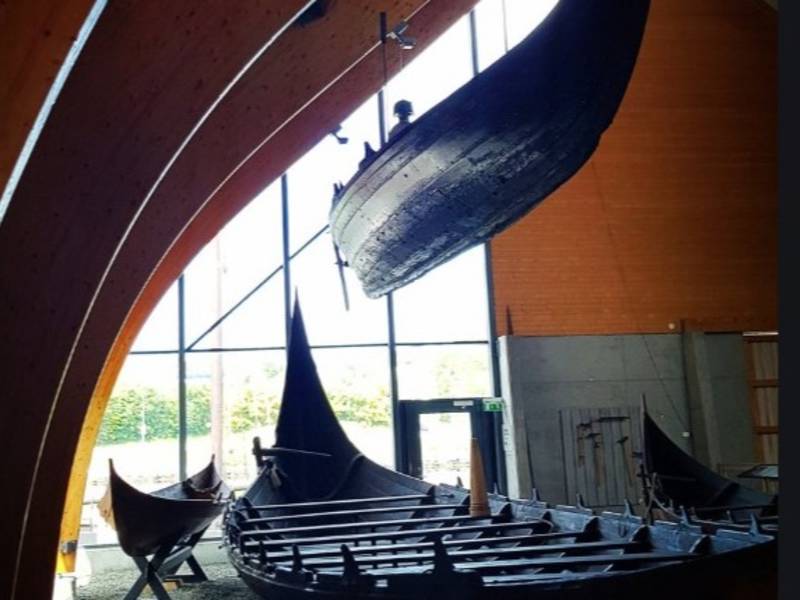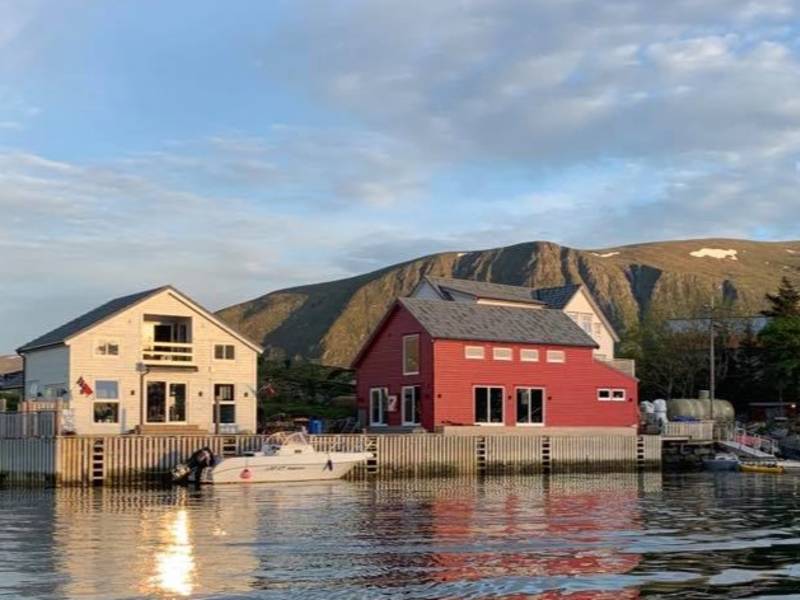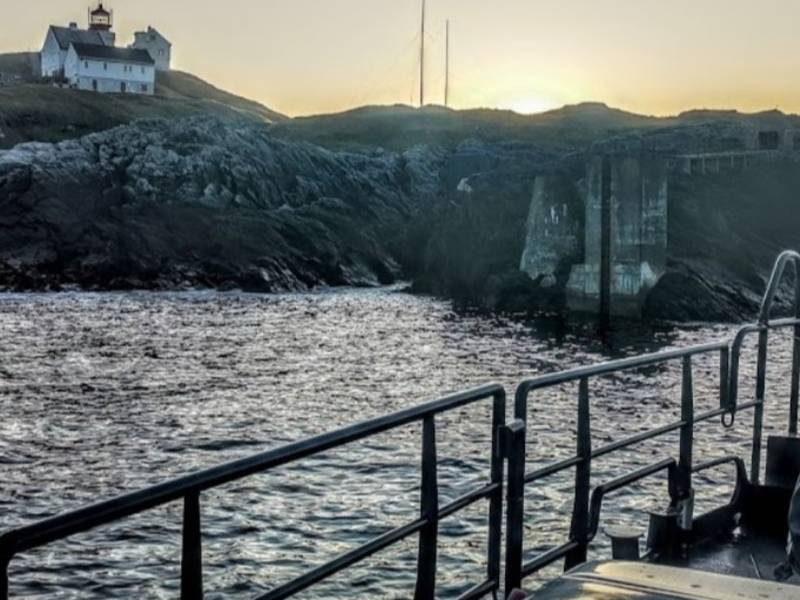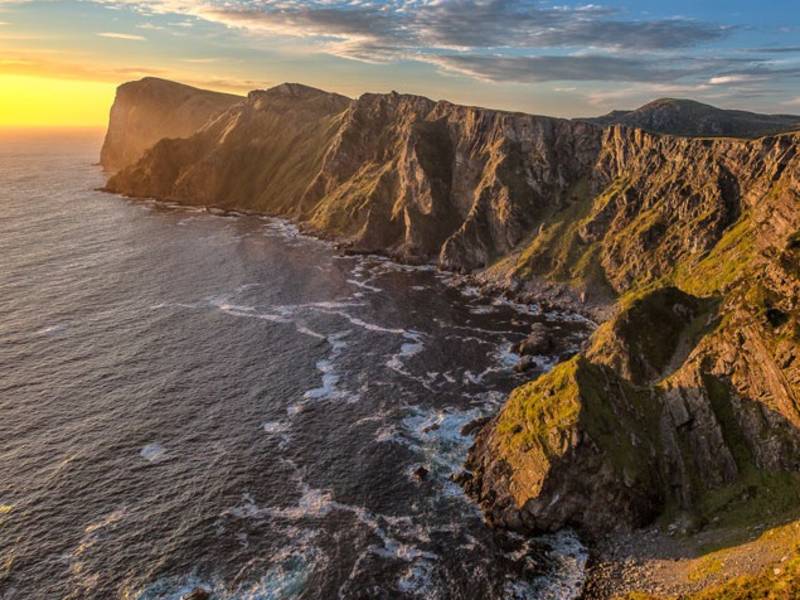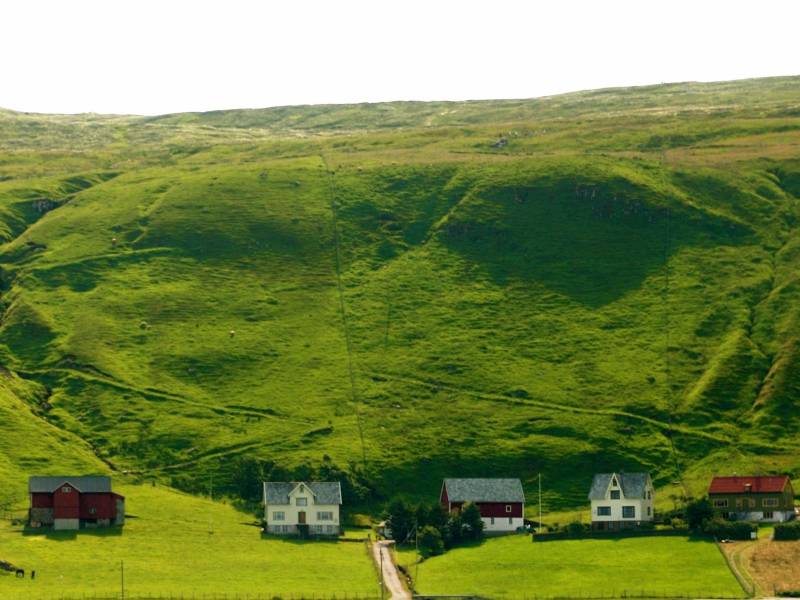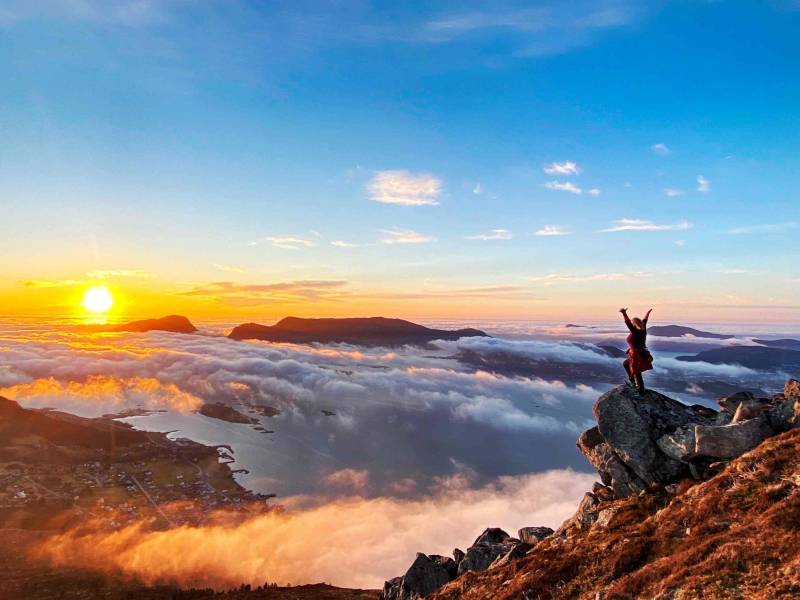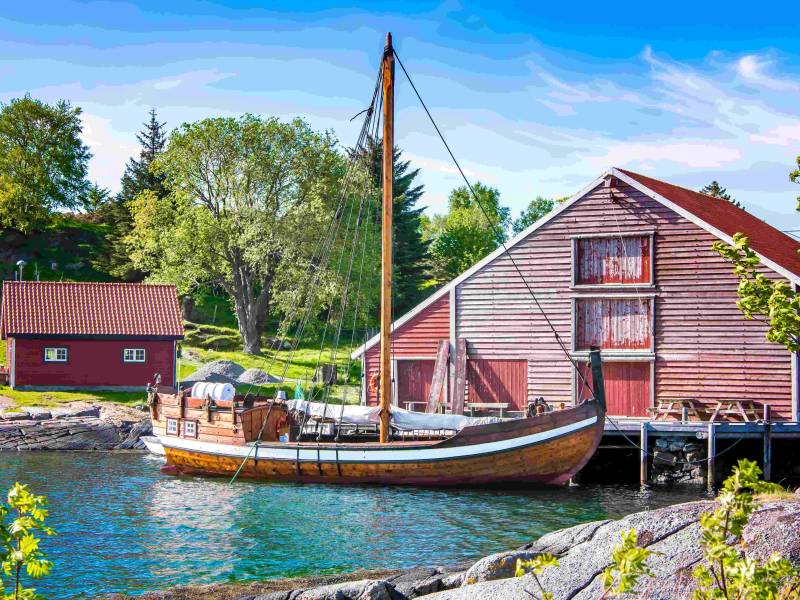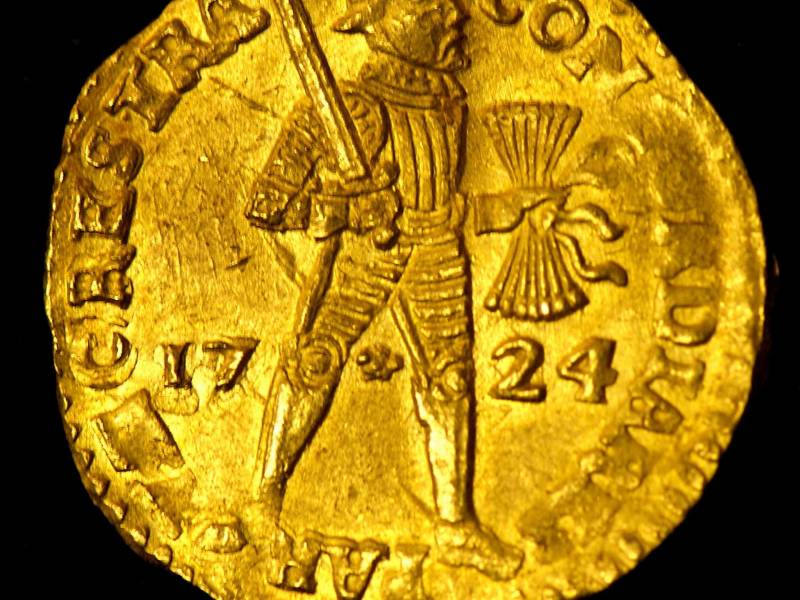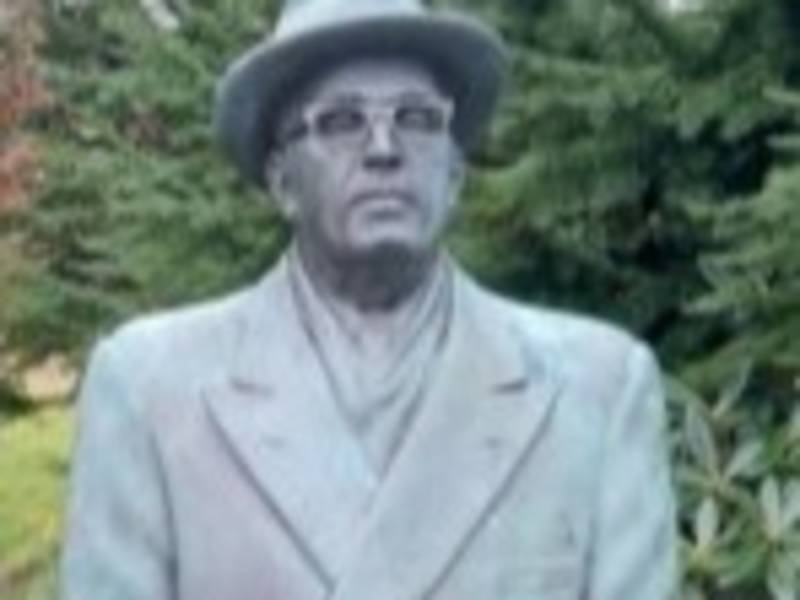HERØY HISTORY
When the ice retreated after the last great ice age, the outermost islets in Havlandet were the first to emerge. Some people even claim that the ice never settled here. People clung to the narrow strip of land between the ice and the sea, and when the ice melted, it was still only a short distance to the fishing grounds, and a good place to live.
On the large beaches between the mountains and the shore you will find traces of people who lived here housands of years ago; bronze knives and stone axes, ships, burial cairns and rock carvings.
Farm names also reflect the settlements that stretch back thousands of years.
The name of the municipality, Hørei, comes from the small island of Herøy and may refer to the word "hær" (army) revealing that this was probably an army base or meeting point. It may also come from Hørn, a name for the female god Frøya, something that may indicate a cult city for god worship, and again a meeting place.
The find of the Kvalsund ship and the line of Viking kings who visited Herøy, indicate a central place along the main road; the shipping lane. And even though the people here ran farms, it was the sea and fishing that fed them and put money in their pockets. 18th century rofessor and naturalist Hans Strøm noted the Herøy people's unwillingness and inability to engage in agriculture.
For thousands of years, the people of Herøy hunted the 'blue fields' instead. And this is what life in Havlandet is all about.
Audio guides available in:Norsk bokmål, English (British)
